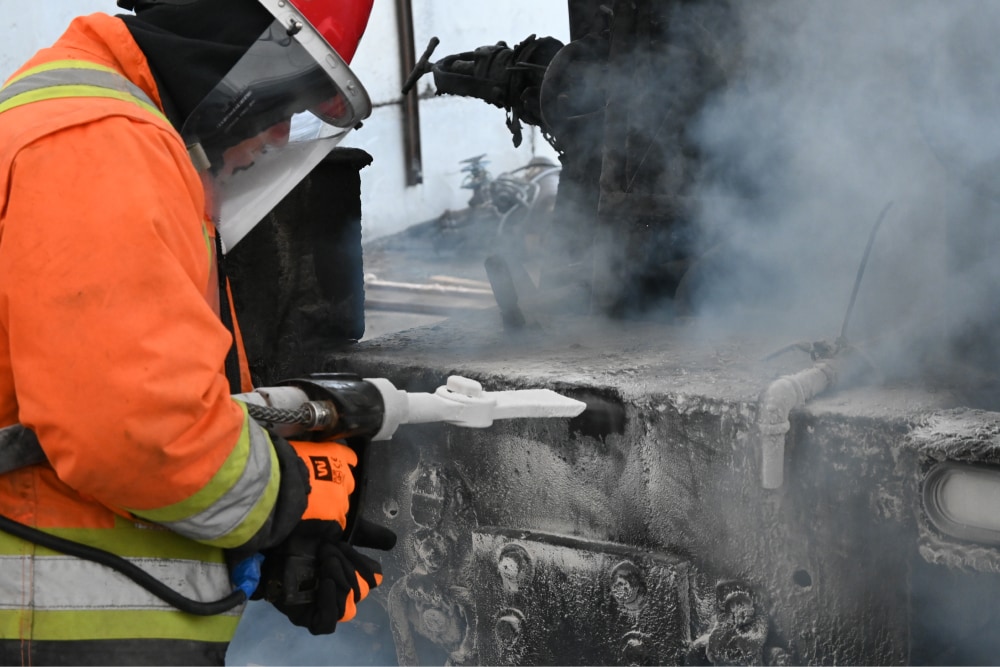In this article
- Why choose dry ice blasting
- What is industrial dry ice blasting?
- How does dry ice cleaning work?
- How long does dry ice blasting usually take to clean a surface?
- What is the difference between dry ice blasting and other methods, such as steam cleaning?
- What are the advantages of cleaning with dry ice over traditional methods?
- What types of surfaces can be cleaned by dry ice?
- Did you know?
- Is dry ice blasting effective for eliminating mould or stubborn odours?
- Which industries can benefit from industrial dry ice cleaning?
- What are the specific applications of dry ice cleaning in the food industry?
- How much does dry ice cleaning cost?
